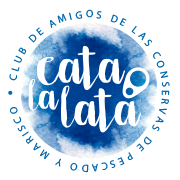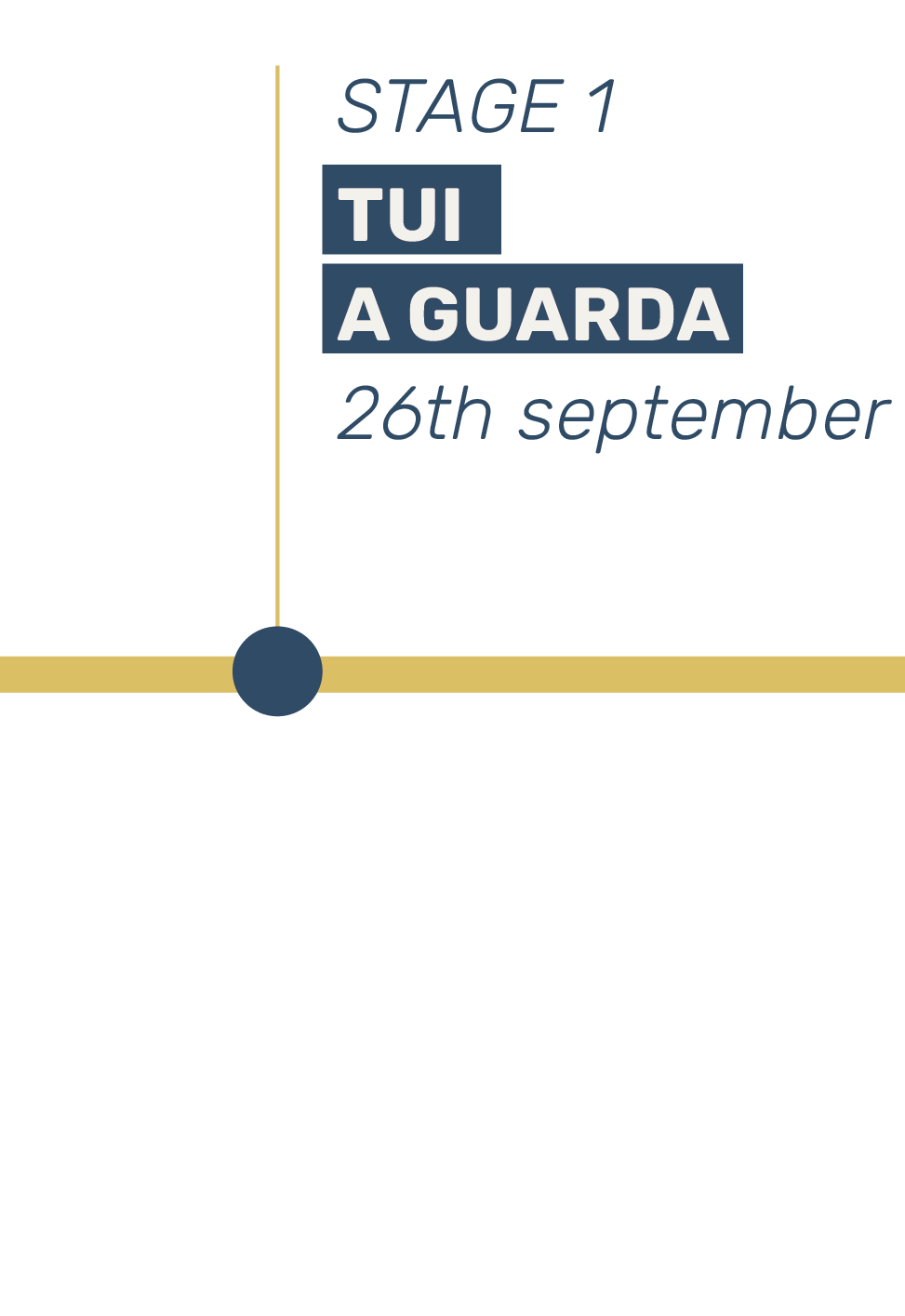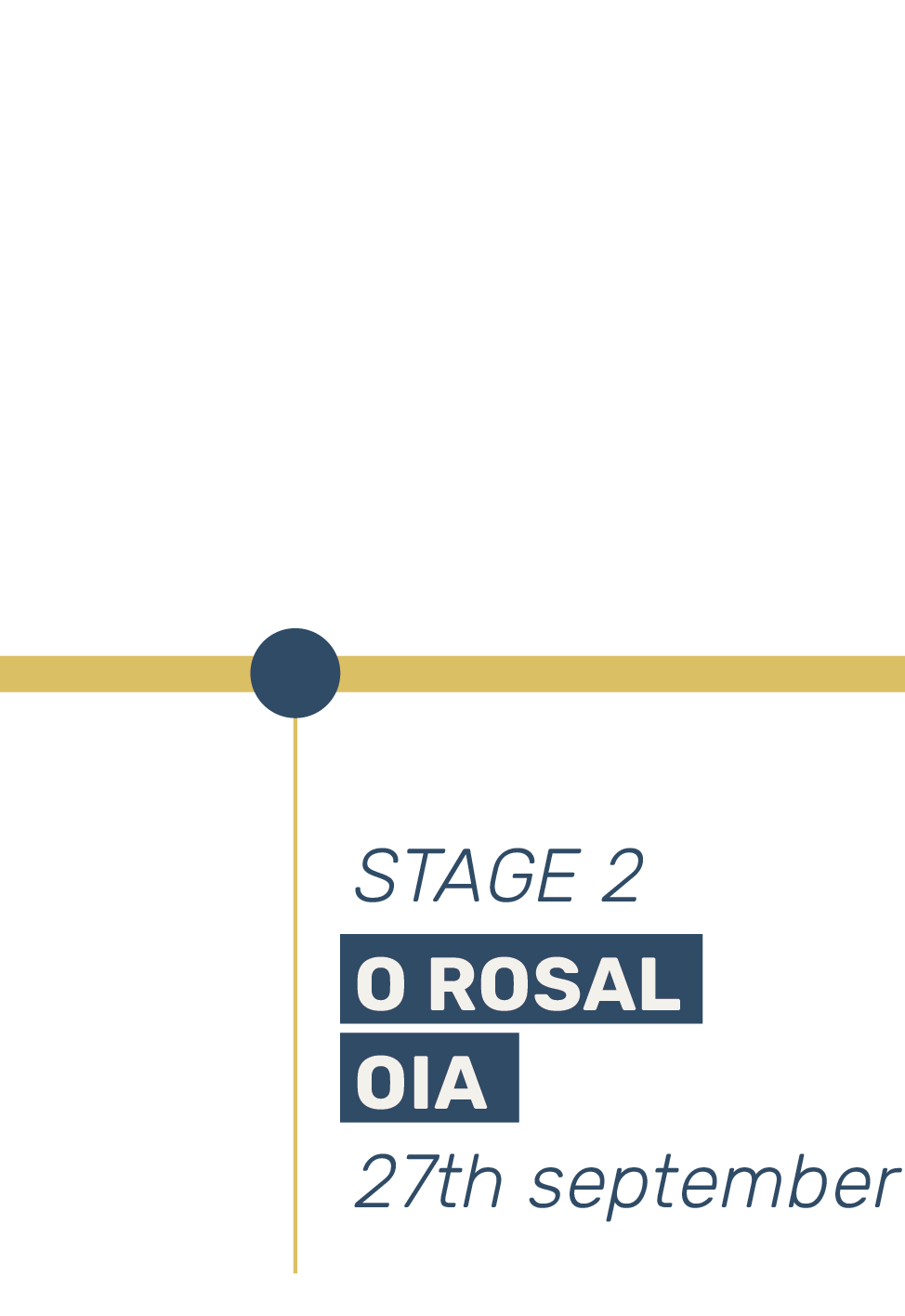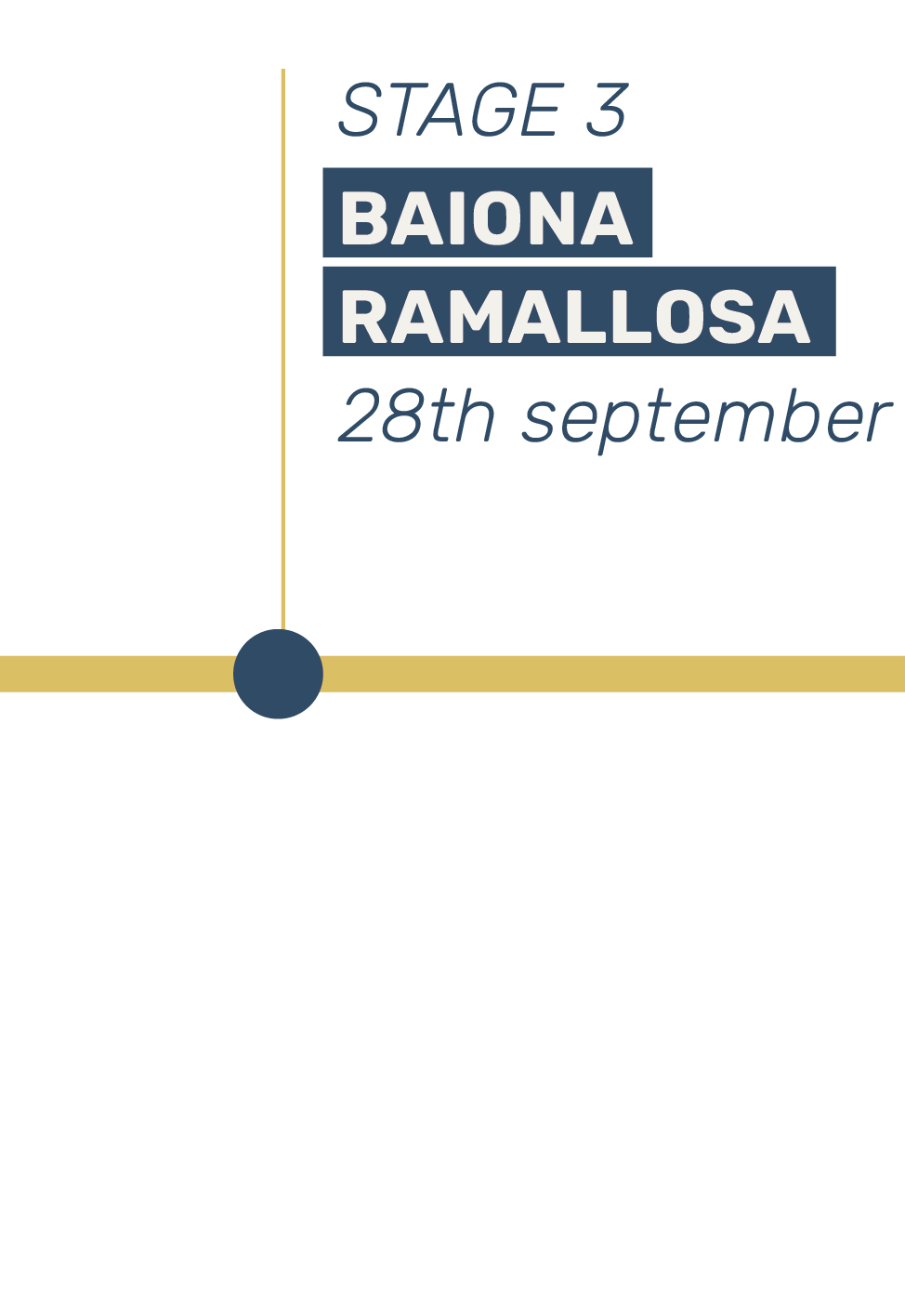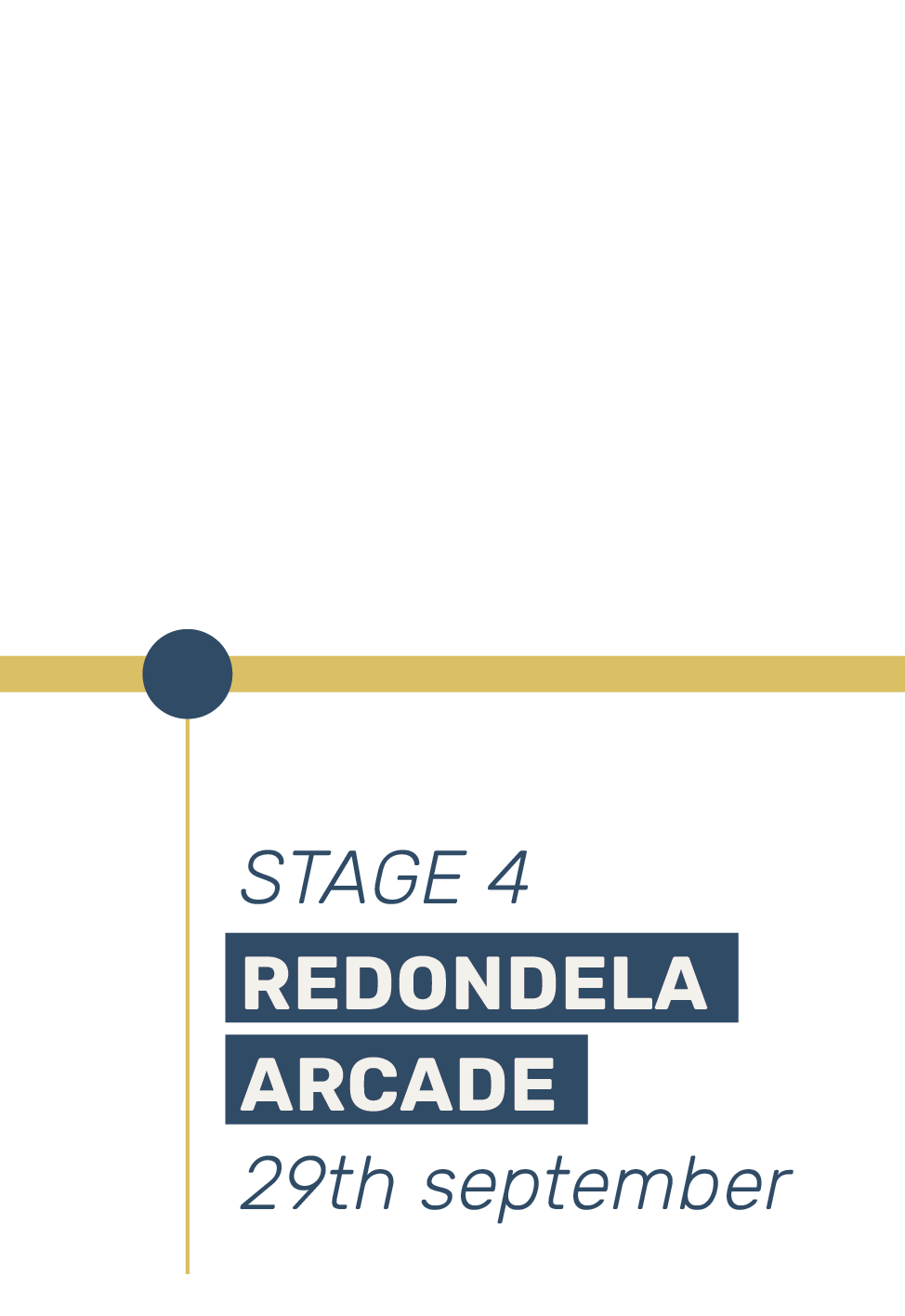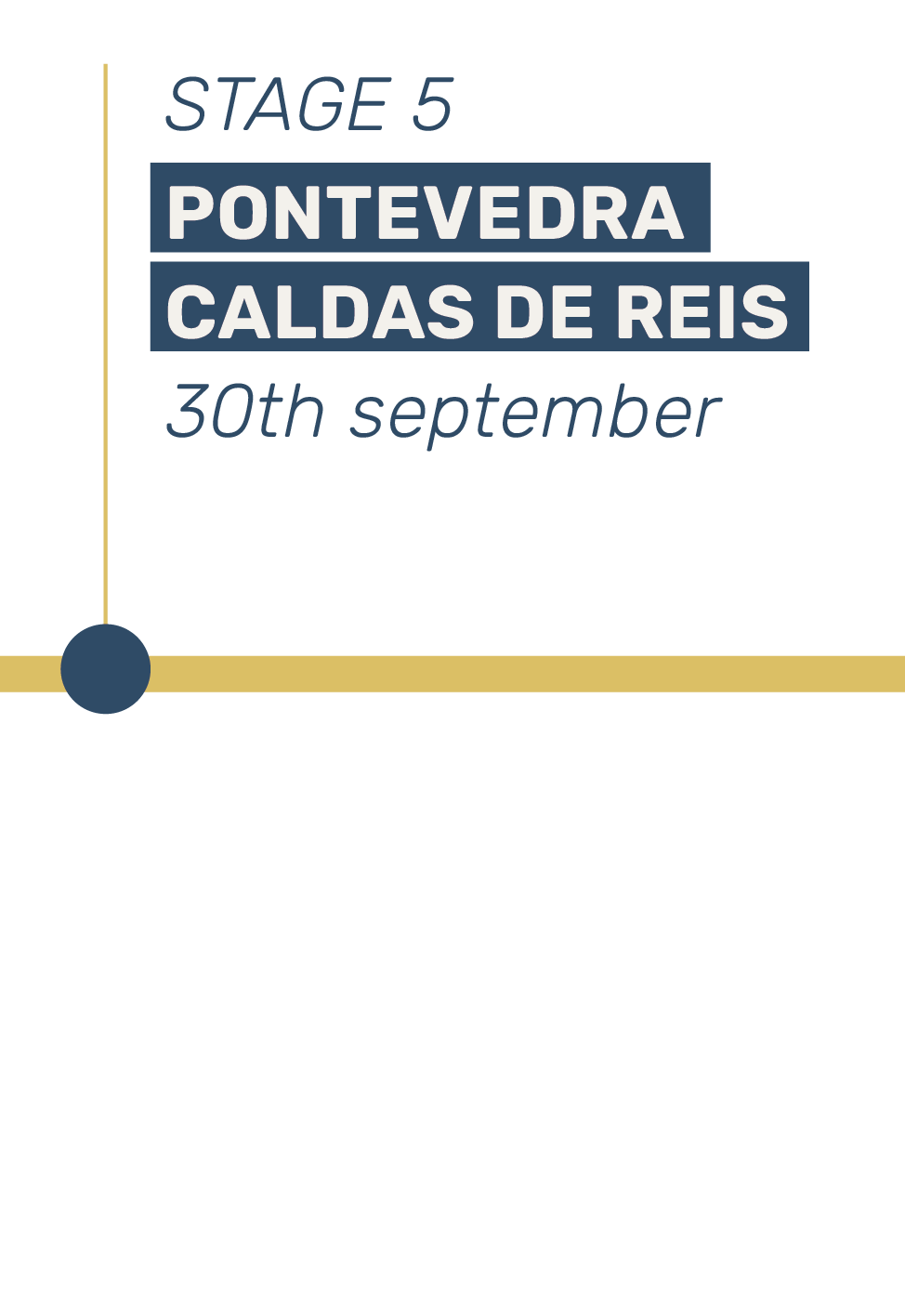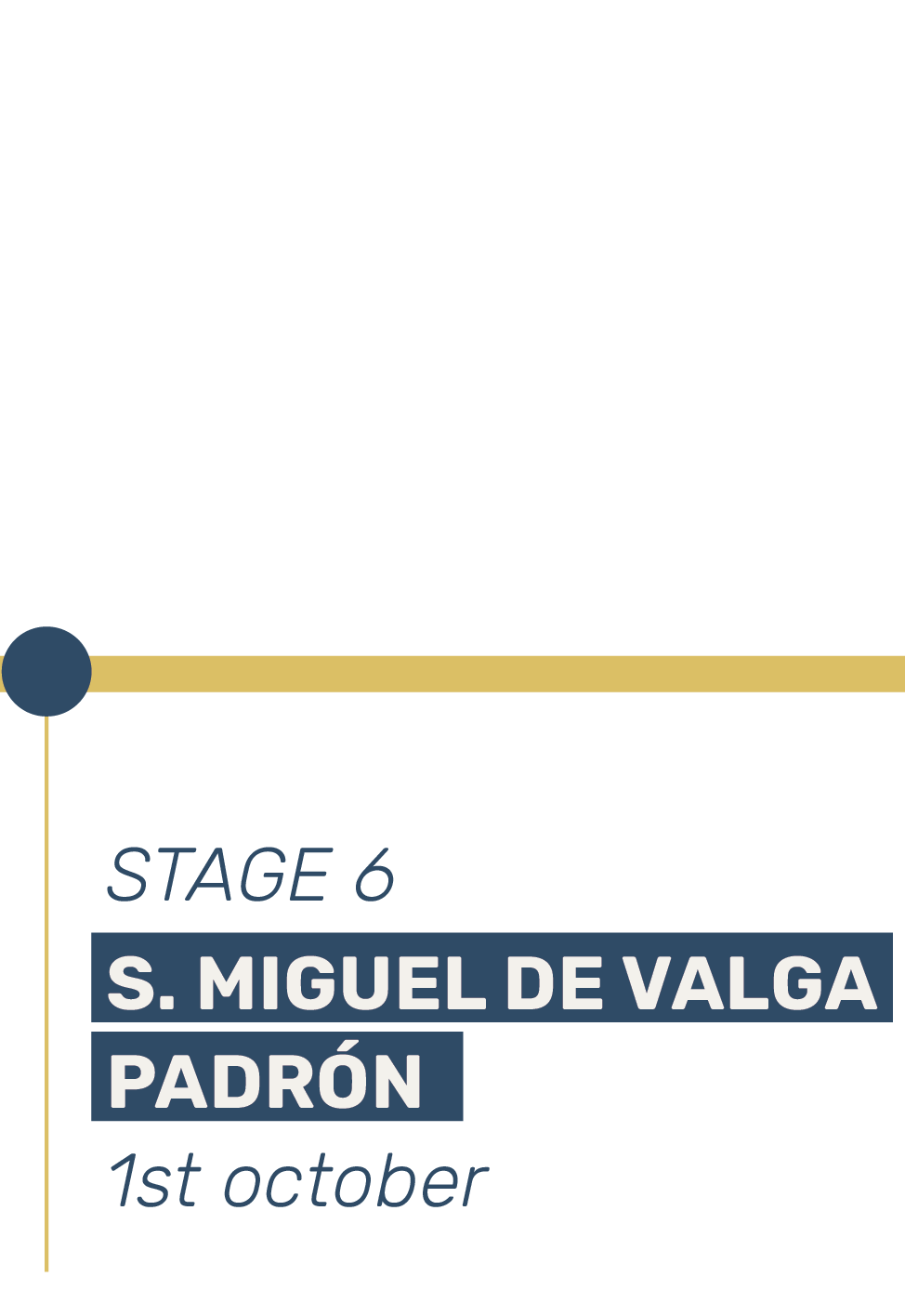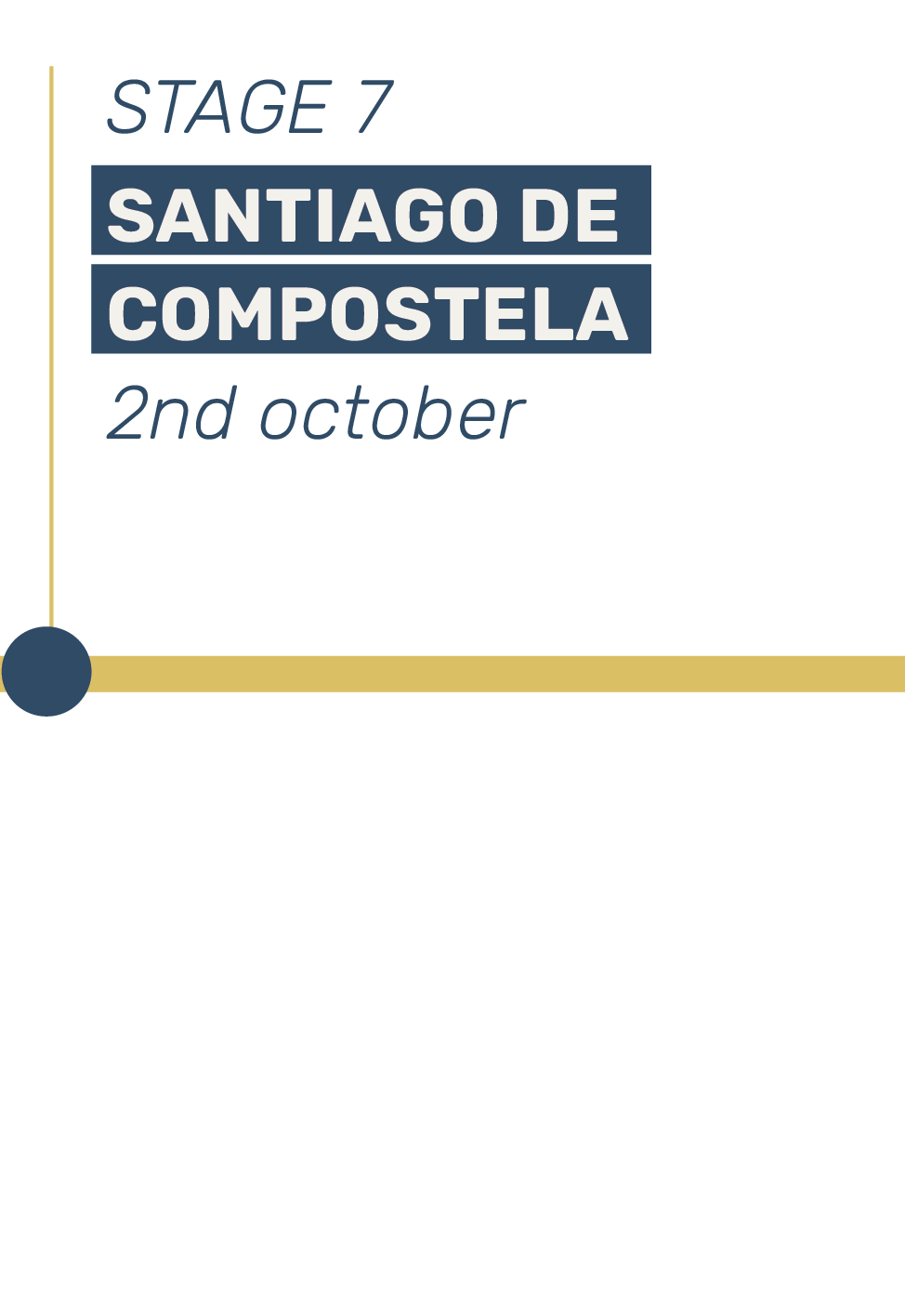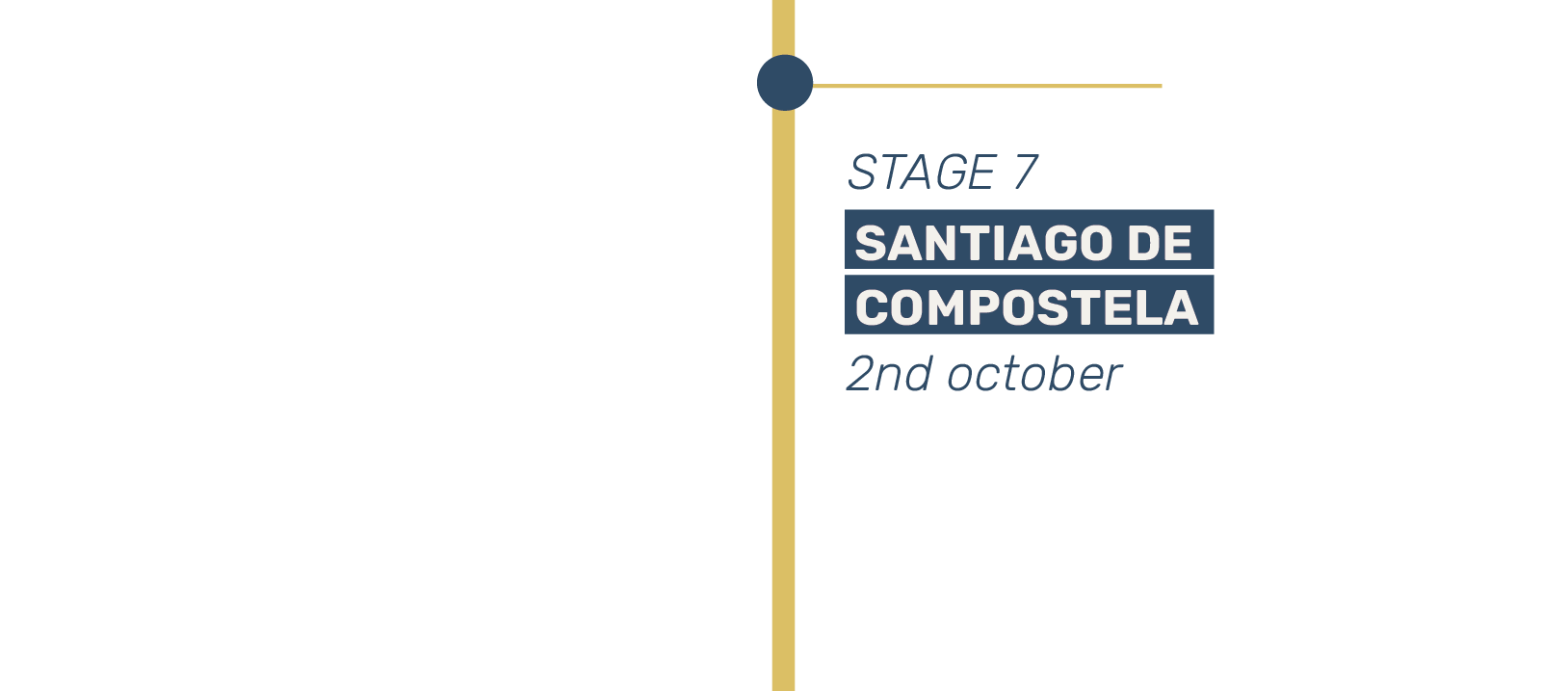Descripción del proyecto

Orange-looking bivalve with smooth black shells. The mussel on our coasts can reach 8 cm. Galicia is the only producer in Spain and one of the largest in the world. The cultivation of mussels in rafts is almost a symbol for Galicia and its estuaries.
It stands out for…
- High protein and Omega 3 content
- High in vitamin B12
- High in minerals such as phosphorus, manganese and selenium
- Source of vitamin B3 and D; Source of iron, iodine and zinc
- Low in saturated fat
- High in protein and Omega 3 fatty acids (EPA and DHA)
- High in vitamin B12.

Orange-looking bivalve with smooth black shells. The mussel on our coasts can reach 8 cm. Galicia is the only producer in Spain and one of the largest in the world. The cultivation of mussels in rafts is almost a symbol for Galicia and its estuaries.
It stands out for…
- High protein and Omega 3 content
- High in vitamin B12
- High in minerals such as phosphorus, manganese and selenium
- Source of vitamin B3 and D; Source of iron, iodine and zinc
- Low in saturated fat
- High in protein and Omega 3 fatty acids (EPA and DHA)
- High in vitamin B12.

Ingredients
- 1 tin of pickled mussels
- Lamb’s lettuce
- Fresh cheese burgos type
- Crispy fried onion
How to prepare
1. Open the can of mussels. Cut the fresh cheese into large cubes.
2. Arrange the mussels, fresh cheese and lamb’s lettuce on the bamboo in an alternate order. Repeat 2 times until the bamboo is full.
3. Serve with the marinade and finish the dish with the fried onion on top to give a crunchy a crunchy touch.
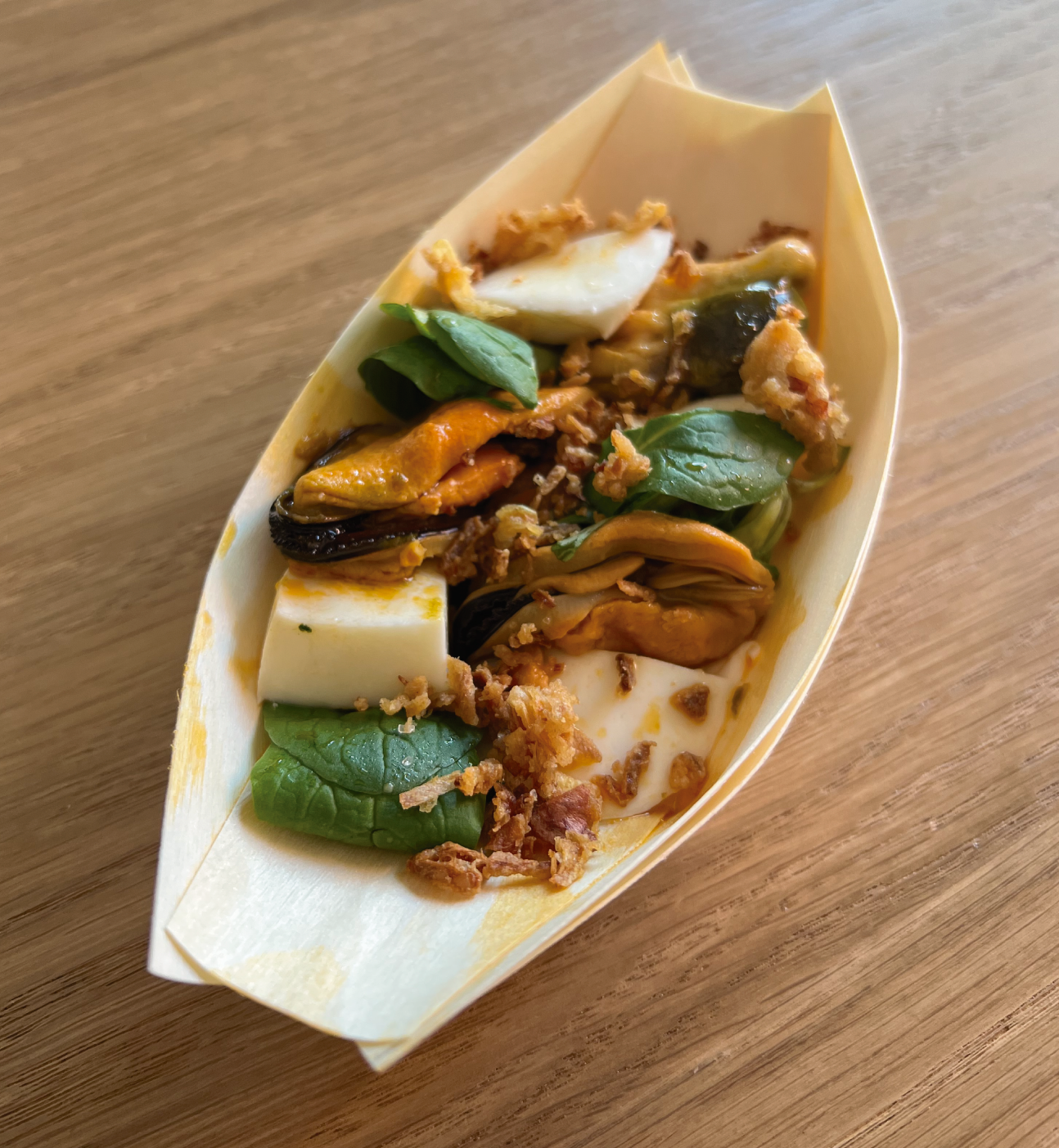

Ingredients
- 1 tin of pickled mussels
- Lamb’s lettuce
- Fresh cheese burgos type
- Crispy fried onion
How to prepare
1. Open the can of mussels. Cut the fresh cheese into large cubes.
2. Arrange the mussels, fresh cheese and lamb’s lettuce on the bamboo in an alternate order. Repeat 2 times until the bamboo is full.
3. Serve with the marinade and finish the dish with the fried onion on top to give a crunchy a crunchy touch.
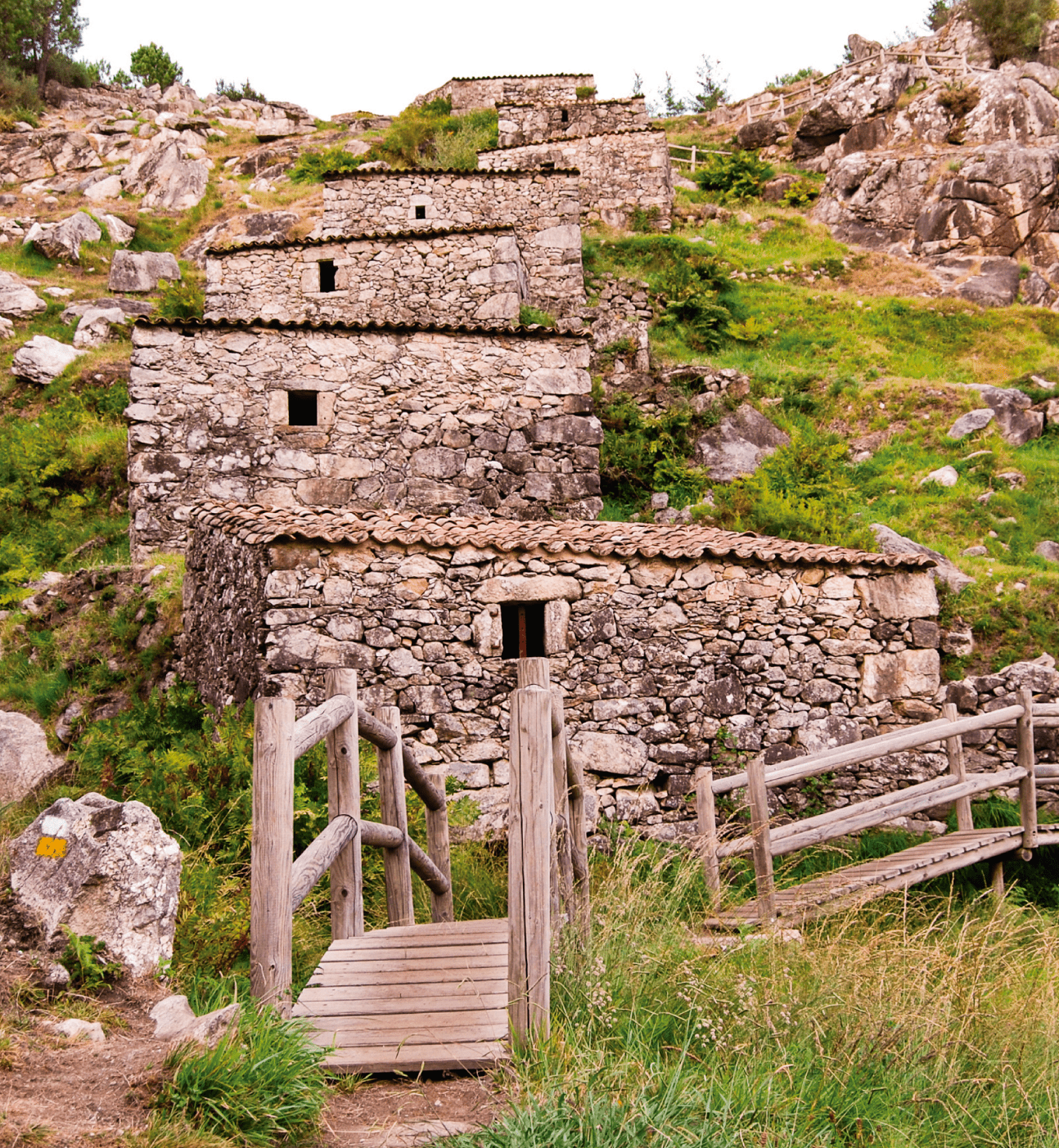

A place full of mysticism, roots and traditions. O Rosal is one of the sub-regions of Galicia with the Rías Baixas Designation of Origin. In its 4 parishes (As Eiras, Tabagón, San Miguel de Tabagón and O Rosal) there are extensive grape plantations where some of the most prestigious white wines in the wine sector are produced.
In this municipality of just over 6,000 inhabitants, remains from the Palaeolithic period have been found, such as cave paintings and petroglyphs; also dolmens/dolmens from the Neolithic period and obvious remains of the castreños. This gives us an idea of the cultural richness and history of O Rosal and its surroundings.
3 things to see in O Rosal
1. Town Hall: in the capital of the municipality you can see the town hall, located in a manor house built in 1781, and visit the Parque de las Lamas, 600 metres away. Don’t miss a 20-minute walk to the Puddles of Pesquera.
2. Church of Santa Marina: A neoclassical temple from the 19th century with an 18th century baroque altarpiece inside. It is also near the convent of the Discalced Carmelites and the chapel of Santa Ana.
3. Muíños del Folón and del Picón: This is one of the most beautiful ethnographic complexes in Galicia. They were built in the 18th century, the oldest dating back to 1700, and are listed as an Asset of Cultural Interest.

A place full of mysticism, roots and traditions. O Rosal is one of the sub-regions of Galicia with the Rías Baixas Designation of Origin. In its 4 parishes (As Eiras, Tabagón, San Miguel de Tabagón and O Rosal) there are extensive grape plantations where some of the most prestigious white wines in the wine sector are produced.
In this municipality of just over 6,000 inhabitants, remains from the Palaeolithic period have been found, such as cave paintings and petroglyphs; also dolmens/dolmens from the Neolithic period and obvious remains of the castreños. This gives us an idea of the cultural richness and history of O Rosal and its surroundings.
3 things to see in O Rosal
1. Town Hall: in the capital of the municipality you can see the town hall, located in a manor house built in 1781, and visit the Parque de las Lamas, 600 metres away. Don’t miss a 20-minute walk to the Puddles of Pesquera.
2. Church of Santa Marina: A neoclassical temple from the 19th century with an 18th century baroque altarpiece inside. It is also near the convent of the Discalced Carmelites and the chapel of Santa Ana.
3. Muíños del Folón and del Picón: This is one of the most beautiful ethnographic complexes in Galicia. They were built in the 18th century, the oldest dating back to 1700, and are listed as an Asset of Cultural Interest.

It is a municipality located on the southern coast of the province of Pontevedra. It is part of the Lower Minho region. It has a population of 3,018 inhabitants (according to INE data) in 2018.
The straight coastline is due to the existence of a fault that cuts sharply all the reliefs perpendicular to the coast forming what in geology is called triangular facets (you can see one of them just behind the bell tower of the church in the picture) corresponding to a normal fault mirror, in which the depressed side is at the foot of it, on the coast side.
3 things to see in Oia
1. Pozo del Arco, Muíños, Waterfall and Recreational Area: In the municipality of Oia, in the parish of Burgueira, there is a corner of the Sierra da Groba formed by the river Tamuxe.
2. Castro and Archaeological Area of the Cabeciña: The coast of Oia and the mountains adjacent to it are full of vestiges of a very long history. Petroglyphs, forts, medieval sites, monasteries, are part of the hidden heritage of this coast.
3. Pocket and Pontella de Loureza: The river Tamuxe, also called Carballas, divides the Sierra del Discurro and the mountains of Oia. This valley was an obligatory passage for those coming from the east on their way to the Mosteiro de Santa Maria de Oia.
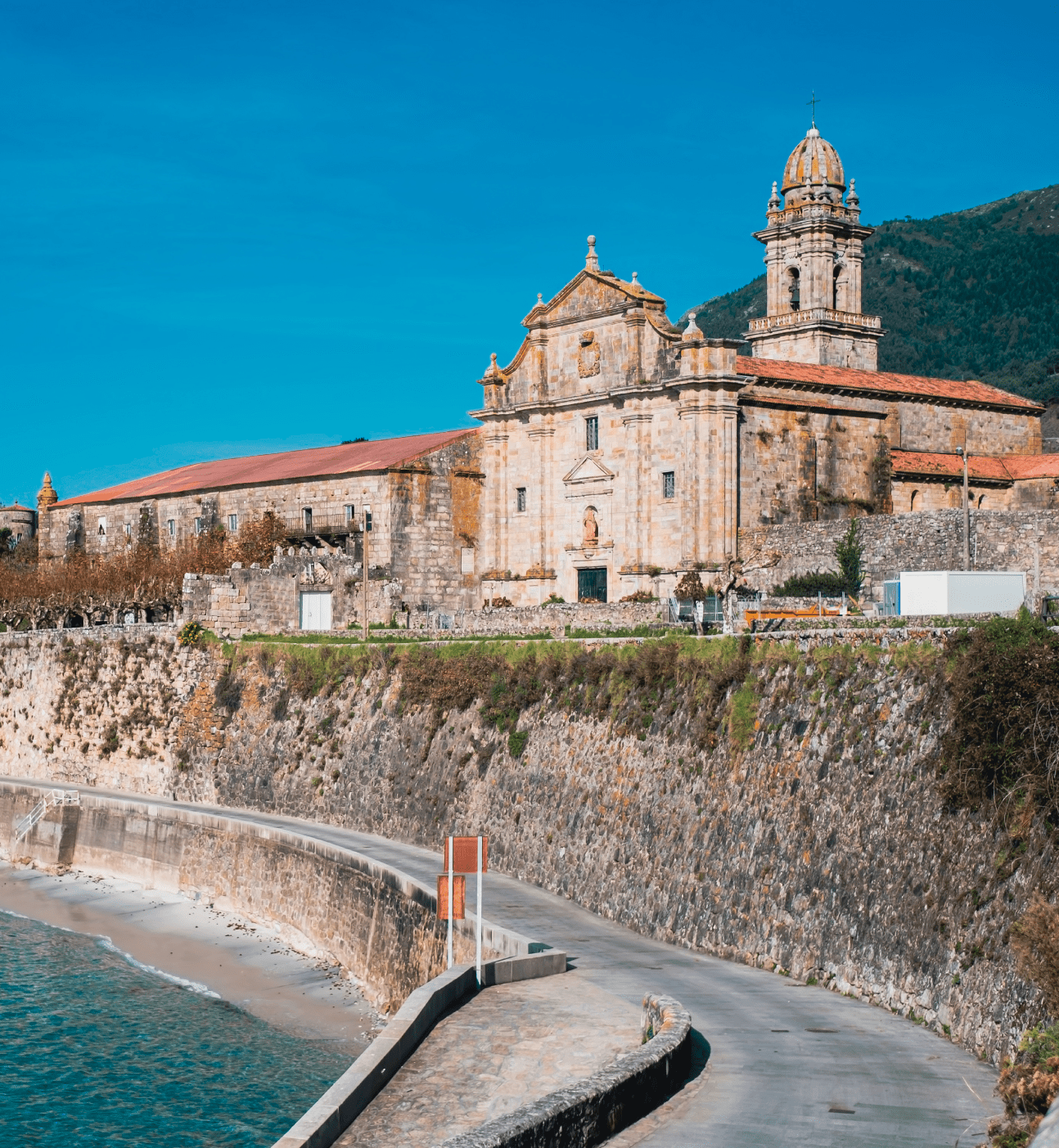

It is a municipality located on the southern coast of the province of Pontevedra. It is part of the Lower Minho region. It has a population of 3,018 inhabitants (according to INE data) in 2018.
The straight coastline is due to the existence of a fault that cuts sharply all the reliefs perpendicular to the coast forming what in geology is called triangular facets (you can see one of them just behind the bell tower of the church in the picture) corresponding to a normal fault mirror, in which the depressed side is at the foot of it, on the coast side.
3 things to see in Oia
1. Pozo del Arco, Muíños, Waterfall and Recreational Area: In the municipality of Oia, in the parish of Burgueira, there is a corner of the Sierra da Groba formed by the river Tamuxe.
2. Castro and Archaeological Area of the Cabeciña: The coast of Oia and the mountains adjacent to it are full of vestiges of a very long history. Petroglyphs, forts, medieval sites, monasteries, are part of the hidden heritage of this coast.
3. Pocket and Pontella de Loureza: The river Tamuxe, also called Carballas, divides the Sierra del Discurro and the mountains of Oia. This valley was an obligatory passage for those coming from the east on their way to the Mosteiro de Santa Maria de Oia.


